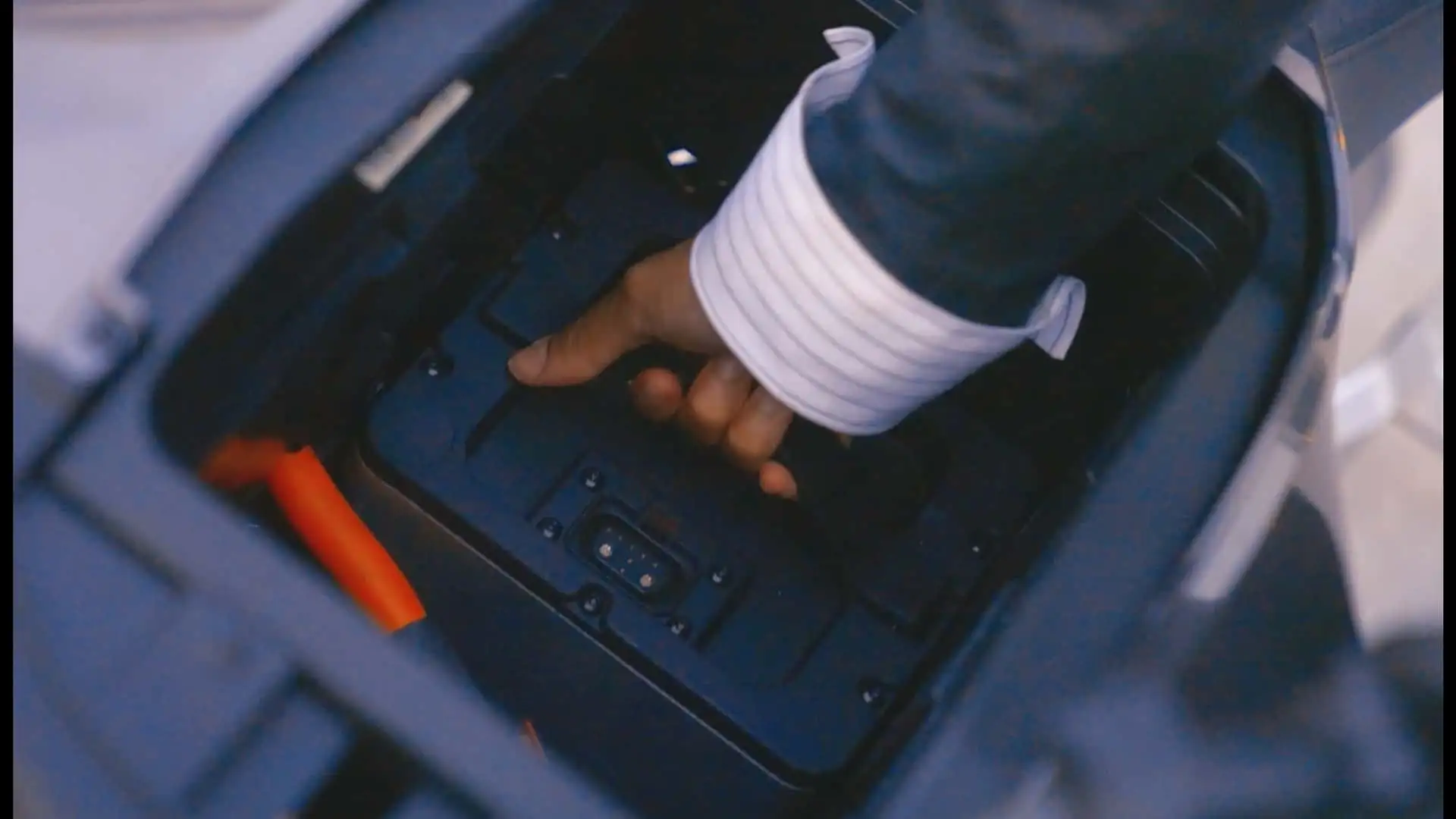Electric vehicles have been all the rage recently. But now, you could say that the hype is sort of dying down. Don’t get me wrong, EVs are still extremely popular, and could very well still hold the key to the future of mobility. But it’s safe to say that the era of looking at them with rose-colored glasses is well in the past.
Let’s face it: EVs have some serious limitations, particularly when it comes to their batteries, and it’s good to see that lots of manufacturers are investing heavily in the technology to make longer-range batteries and reducing charging times.
However, an often overlooked aspect of EVs involves the circular economy. While gasoline-powered vehicles can last decades upon decades with proper care and maintenance, the same, unfortunately, can’t be said about EVs, whose batteries alone tend to have a shelf life a fraction that of internal combustion engines. And of course, the most expensive component of most EVs is indeed the battery.
Battery recycling has been around for quite some time now, but the process of doing so has always been extremely energy-dense, and as a result, very expensive. Conventional recycling methods usually involve breaking down the batteries into raw materials, in other words, down to the very elements used to produce them.
But it seems that researchers have found a new, much more efficient and cost-effective way of doing this.
Leave it to no other than the big-brained wizards at Rice University, in Houston, Texas, who are pioneering a new method to extract purified active materials from battery waste. The team’s findings just might revolutionize EV batteries, not only by reducing the waste associated with depleted EV batteries but also with the overall lowering of costs.
Of course, when it costs manufacturers less to make stuff, the savings almost always make their way to the consumer—a good thing for those hoping for more affordable electric mobility.
So, what exactly did the folks at Rice University discover? Well, the team proposes that magnetic properties could handle the separation and purification of depleted batteries. It makes use of a method called solvent-free flash Joule heating, or FJH. The process involves “passing a current through a moderately resistive material to rapidly heat and transform it into other substances.” Did you get it? Me neither.
Going a little deeper, the researchers discovered that the rapid heating of battery waste to 2,500 Kelvin created unique features with magnetic shells and stable core structures, resulting in easier separation and efficient purification. Even better still, cobalt, which is a raw material typically used in EV batteries, unexpectedly showed magnetism, allowing for easy separation and eventual reuse in new batteries.
According to the researchers, FJH resulted in an amazingly high battery metal recovery yield of 98%.
Now, you can read all about the details of the team’s research by visiting the Rice University official website, and perhaps those who are super science-y among you would be able to grasp all the information fully. But from the perspective of a dude who’s pretty enthusiastic about the future EVs present, I think all this is pretty damn exciting.
There’s been a lot of greenwashing when it comes to electric vehicles, and it’s pretty easy to see why. But the fact remains that producing EVs—particularly their batteries—also causes quite a lot of harm to the environment. From widespread mining to tons upon tons of battery waste, there’s no denying that EV production will take its toll on the environment, or maybe it already has.
But initiatives like these, which focus on sustainability and circular economy, are always a good thing. Less waste means that more of the depleted batteries can be recycled and used to make new batteries. And doing so in a more efficient and cost-effective way is an excellent way to make all this future-proof.

